The wild tuber that is used to make a sweet and crunchy dish that everyone loves is the lotus root. This tuber looks like lemongrass and tastes a bit like bamboo shoots, but is superior to bamboo shoots in both taste and nutritional value. Some people even compare it to "water ginseng".
Water chestnut is very nutritious and contains a lot of protein, carbohydrates, vitamins B1, B2, carotene, many minerals and nutrients so it is considered "water ginseng".
September and October of the lunar calendar are the season of this root vegetable. In late autumn, a plate of stir-fried water chestnuts on a rice tray is a favorite dish of many people.
Water chestnut belongs to the Poaceae genus, is an aquatic vegetable, commonly grown in Nam Dinh, and also in Hai Duong, Thai Binh , and Lam Dong.
The nieng plant has a slender, small shape, a succulent, cylindrical stem, covered with green leaf sheaths, and a cylindrical interior with three parts, white-yellow or yellow-green in color.
Water chestnuts are very nutritious and contain a lot of protein, carbohydrates, vitamins B1, B2, carotene, many minerals and other nutrients. Drinking water chestnut juice regularly can lower blood pressure, lower blood sugar, and lower blood lipids.
Water chestnuts can be processed into many delicious dishes.
This tuber used to grow wild in swamps, but in recent years it has become a specialty. People with high blood pressure, high blood sugar, and high lipids should eat it.
People with these "three highs" can use the nieng root for support. This is the most feared root, "threatening" these three common diseases.
Taro is also particularly rich in potassium, which can help regulate high blood pressure caused by a high-sodium diet.
According to traditional medicine, the lotus root is sweet and cold, and has the effect of clearing heat, detoxifying, reducing swelling, eliminating phlegm, reducing cough, and promoting bowel movements. This type of root is especially suitable for eating in the fall when the weather is dry and harmful to health.
Water chestnut is one of the healthiest vegetables and also sweet and fragrant. Its texture is very crunchy, sweet, and its color is bright white like jade. This tuber is even more delicious when stir-fried with meat. The common way to cook it is to stir-fry it with pork, beef... it is very delicious.
Vegetarian stir-fried noodles are still delicious and nutritious.
How to stir-fry water chestnuts with pork
Ingredient:
- Taro
- Pork belly
- Chili, garlic, oyster sauce, green onion, cooking wine, spices
Prepare the lotus root.
Step 1: First, wash the taro and cut it into thin slices. Cut the pork and garlic into pieces, and cut the onions and chili into pieces.
Step 2: Put the meat slices in a bowl, add a little starch, soy sauce, egg whites, stir well and let it dry.
Thinly sliced pork belly.
Step 3: Put an appropriate amount of cooking oil in the pot, when it is 60% hot, add pepper and fry until fragrant, then add minced garlic and fry until fragrant.
Step 4: Slowly stir-fry the pork belly, then add the lotus root, chili and shallots and stir-fry for a while. Add oyster sauce, soy sauce, cooking wine and seasoning to taste.
Step 5: Add an appropriate amount of water, stir-fry the taro until fragrant and cooked, remove from the pot, and serve on a plate!
Finished product of stir-fried lotus root with pork.
Tips for preparing lotus root:
- Do not cut the taro too thick, otherwise it will not be delicious.
- Because the meat slices have been stir-fried, they will easily stick to the pan, so when stir-frying pork, remember to use low heat.
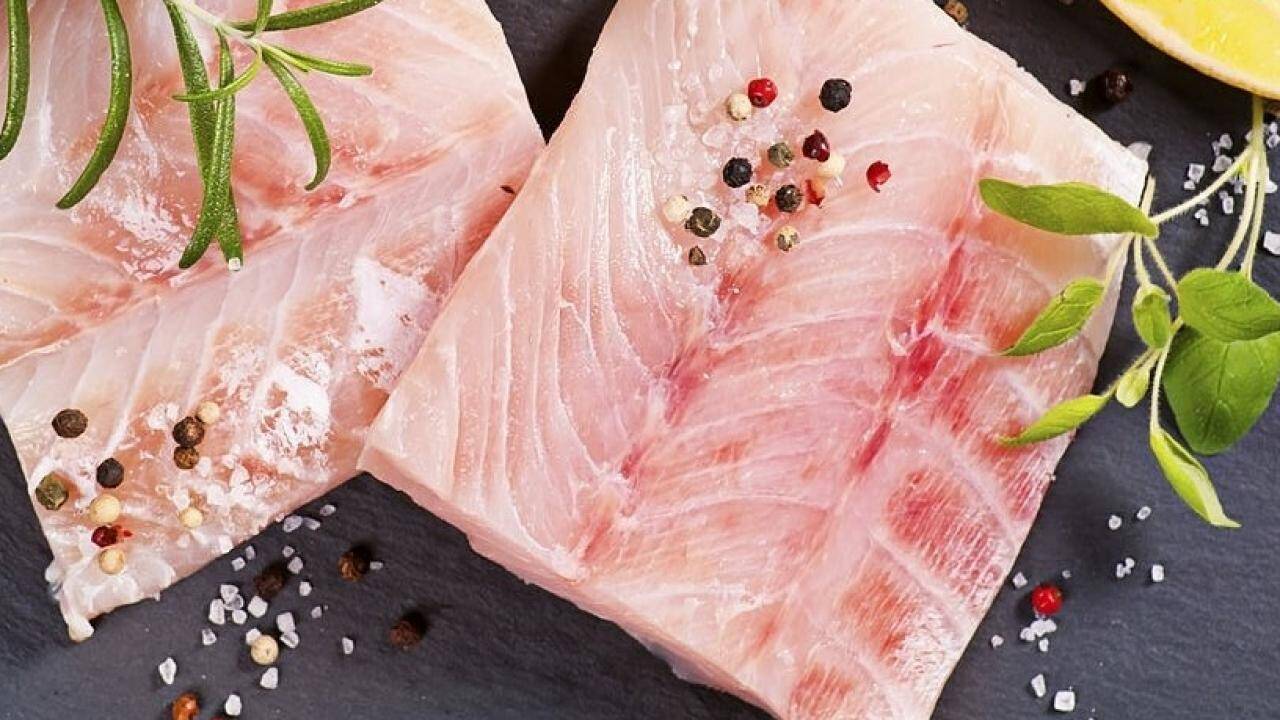
Source


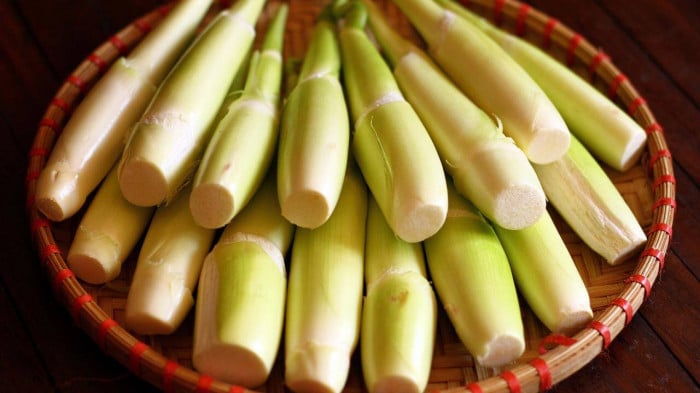

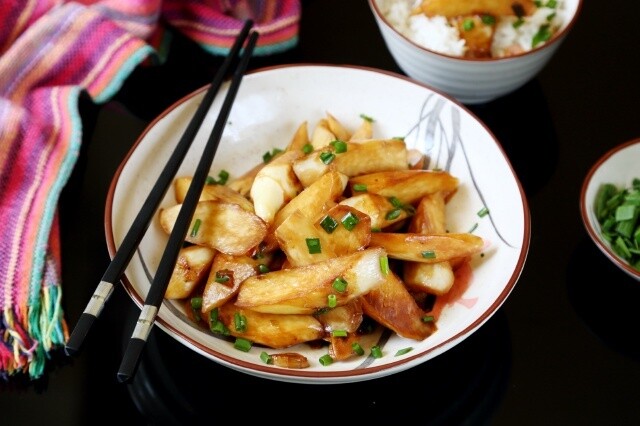
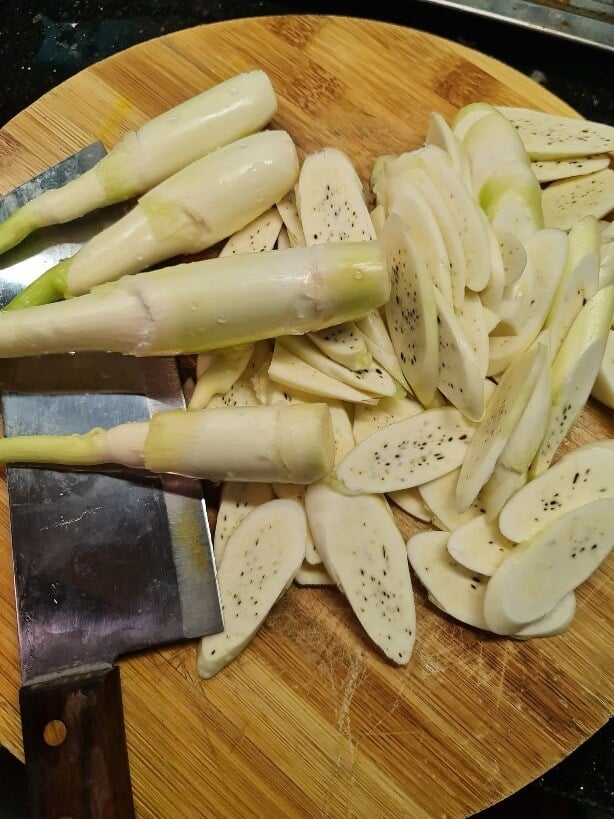
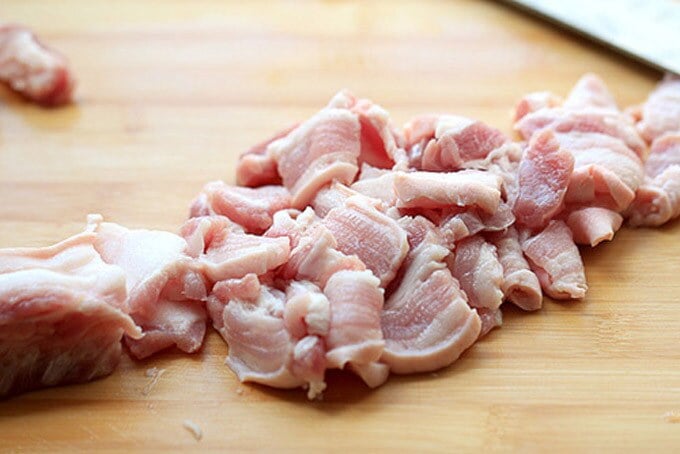
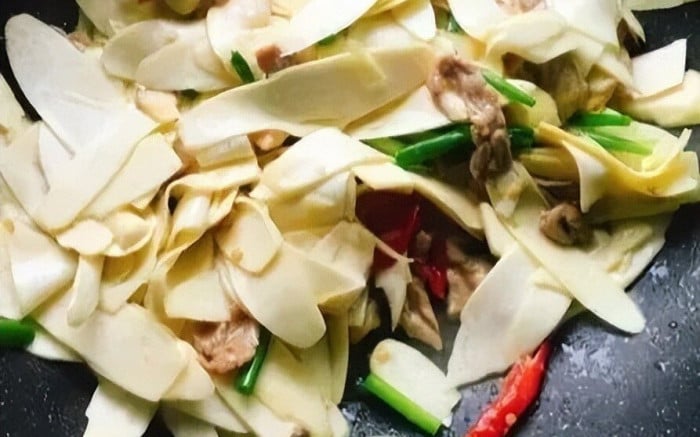





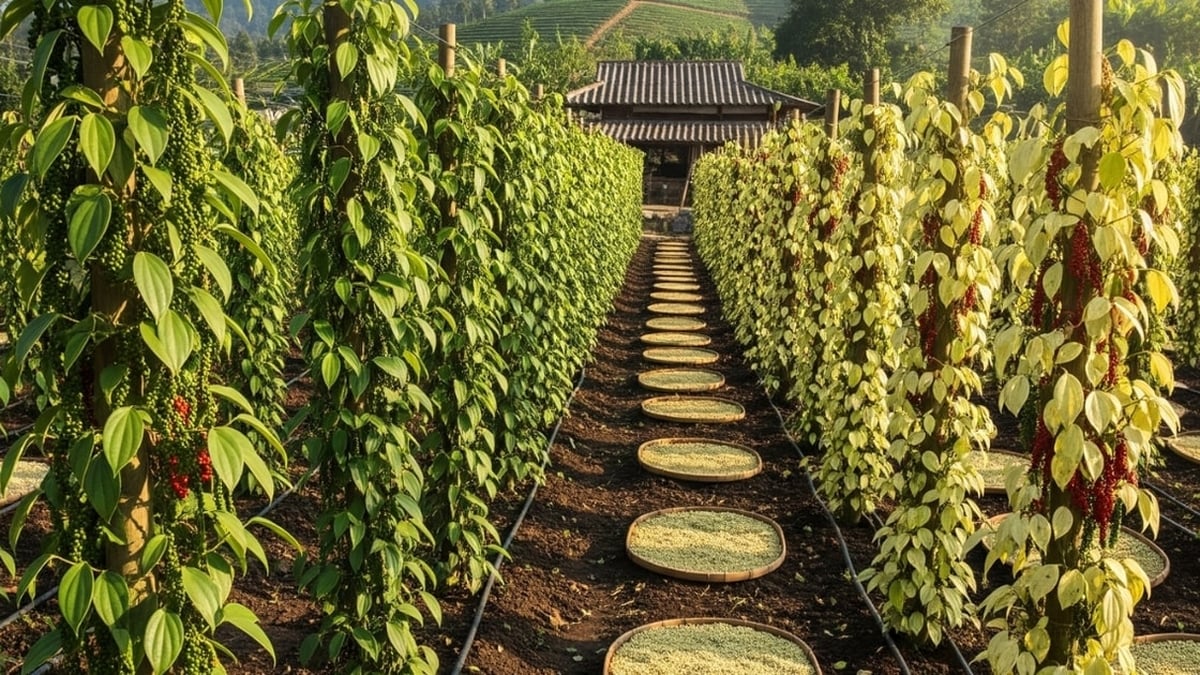

































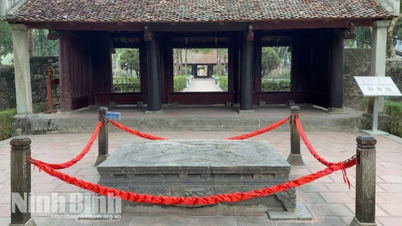














![[Maritime News] Container shipping faces overcapacity that will last until 2028](https://vphoto.vietnam.vn/thumb/402x226/vietnam/resource/IMAGE/2025/7/30/6d35cbc6b0f643fd97f8aa2e9bc87aea)































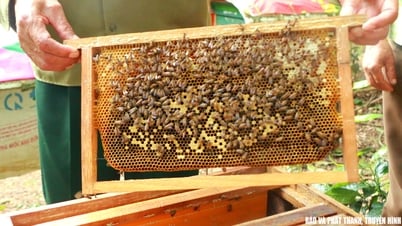

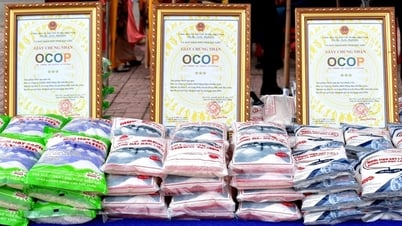
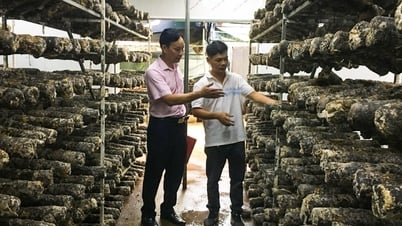










Comment (0)